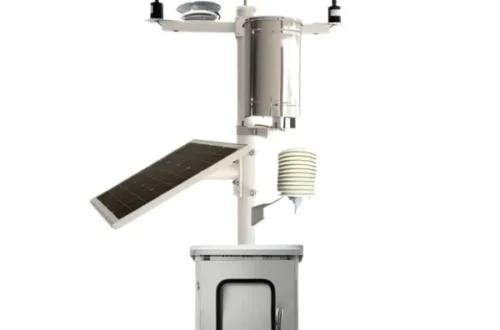The Ultimate Guide to Toilet Paper Machine: Efficiency, Innovation, and Manufacturing Insights
The Ultimate Guide to Toilet Paper Machine: Efficiency, Innovation, and Manufacturing Insights
Toilet paper machines are marvels of modern engineering, transforming raw materials into the essential products we use daily. These machines combine precision mechanics with advanced automation to deliver high-speed production while maintaining quality and sustainability. In this guide, we’ll explore how these systems work, their key innovations, and what makes them so efficient.
Core Components and Workflow
A typical toilet paper machine includes unwinders, embossing units, rewinding systems, and packaging modules. The process starts with large paper rolls being fed into the machine, where they are laminated, perforated, and cut into precise lengths. Automated controls ensure minimal waste and consistent output, making the entire operation both cost-effective and eco-friendly.
Boosting Efficiency with Smart Technology
Modern machines integrate IoT sensors and AI-driven analytics to optimize performance. These features monitor energy consumption, predict maintenance needs, and adjust settings in real-time for maximum throughput. By reducing downtime and enhancing speed, manufacturers can meet growing demand without compromising on quality.
Frequently Asked Questions
What is the average production capacity of a toilet paper machine?
Industrial-grade machines can produce between 50 to 200 rolls per minute, depending on the model and configuration.
How do these machines support sustainability?
Many units are designed to recycle water and reduce raw material usage, aligning with green manufacturing practices.
Explore Advanced Solutions
Ready to upgrade your production line? Discover cutting-edge Toilet Paper Machine options that blend innovation with reliability. Visit our website to learn more and request a customized quote today!


